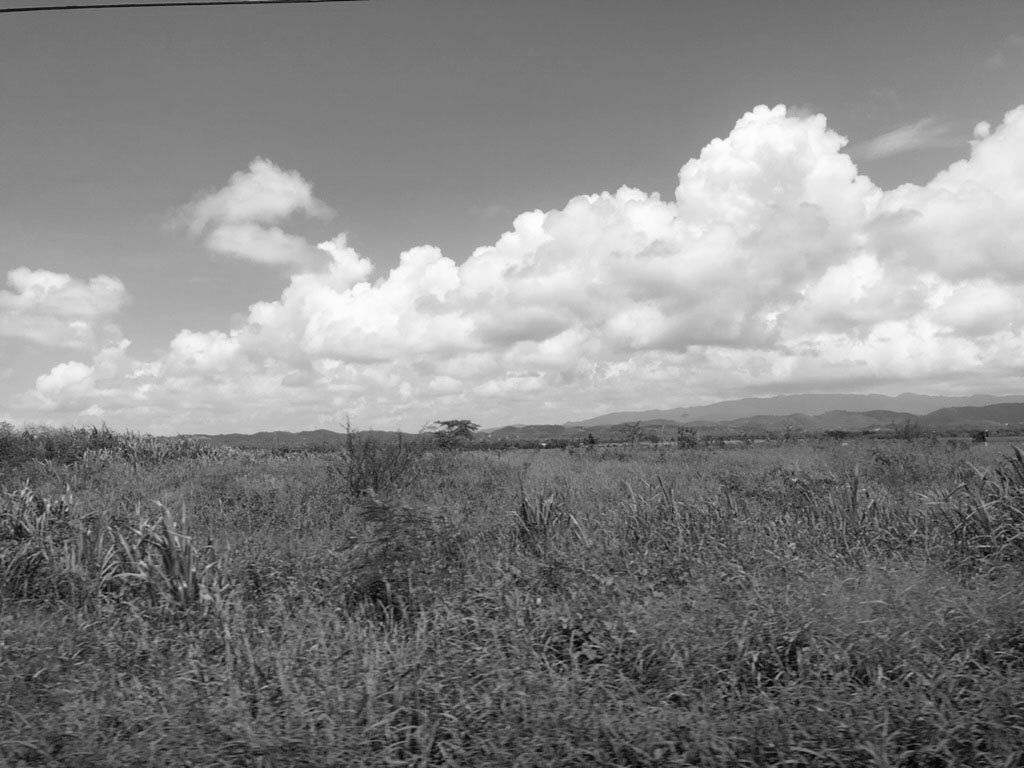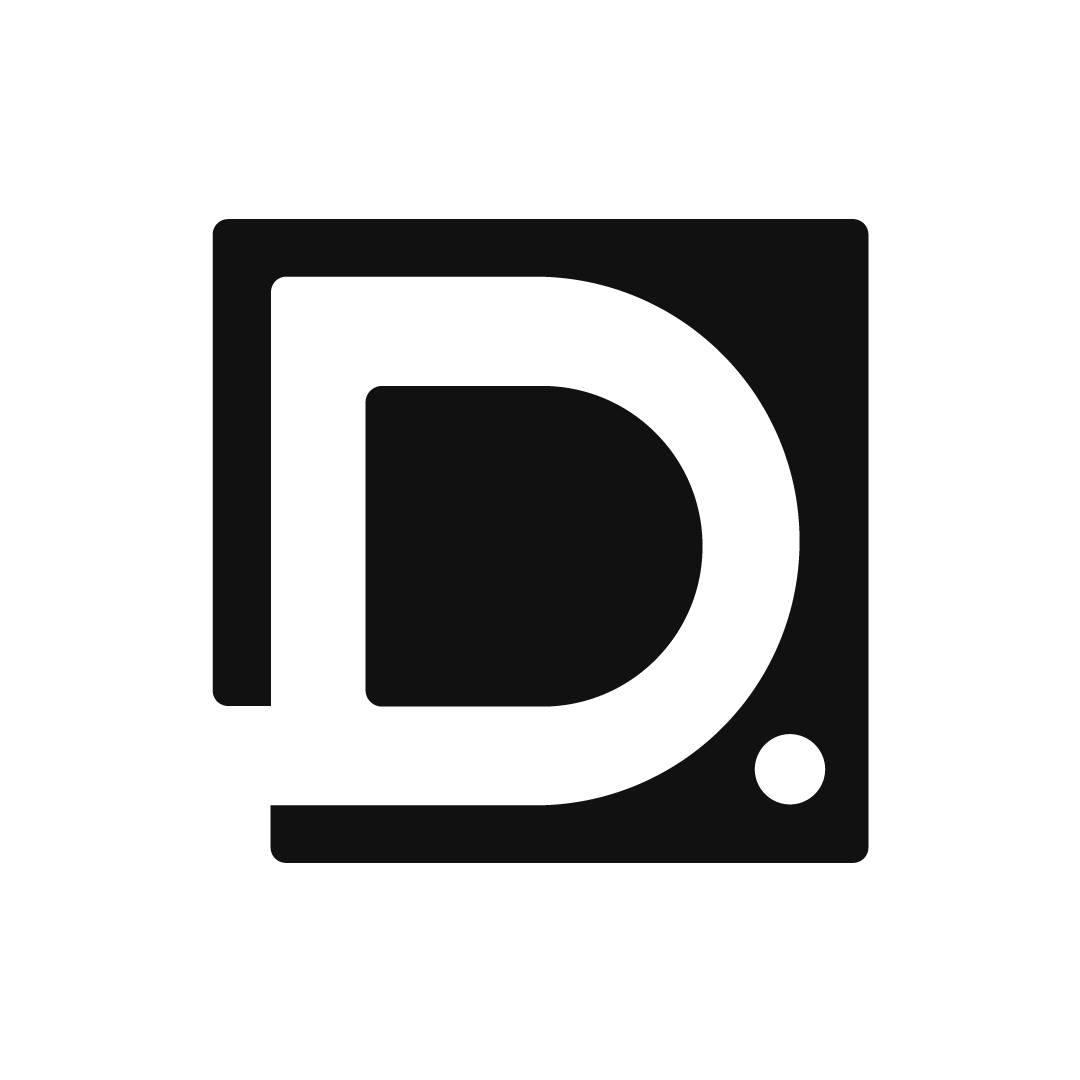Accessibility Barriers in Self-Service Kiosks for People Who Are Blind
This study focuses on the accessibility challenges that people who are blind face when interacting with a self-service kiosk. We conducted interviews to propose design implications for self-service kiosks to improve assistive technology in making the interaction effortless for people who are blind.
Tools: Atlas.ti, affinity diagramming, inductive coding, figma
Method
First we conducted literature reviews to understand to understand the current technology of self-service kiosks. We held user interviews with 4 participants who identified as blind. Our data collection method adhered to our participants as we provided accessible information. to close the study we utilized inductive coding & affinity diagramming as a data analysis method.
Problem
Despite innovation attempts, self-service kiosks still present accessibility issues for BLV users.
Timeline
September 23rd 2024–November 19th 2024
Team
Anupama Kusuma, Diego J. Reyes-Alicea, Michael Turenne, Selene Padilla
Contributions
Empirical research, methodological research, meta analysis
Role
Lead researcher, user interview conductor
Data Collection Method
We created an interview protocol along with the following resources: a consent form, an email script, a set of interview questions, and a post-interview demographics survey. We uploaded our consent form to as a web page following web accessibility best standards and, as part of our email script, asked participants to visit the website prior to the interview with a screen-reader so that we could obtain consent at the beginning of the interview session.
Part 1: Scenario-Based Observations
Data Collection Method
We asked participants to share their individual experiences with being creative. Then, our team presented a general project scenario with a period of creative block. We tasked participants with showing us their process to overcome this creative block via the Zoom screen-sharing feature.
Data Analysis Method
Affinity Diagram
Sequential Task Analysis
Observation Activity
Imagine you have a project you need to complete within the next few hours. This project can be anything you wish, so long as it is a creative project. However, you begin to experience creative block. Could you share your screen and show how you might overcome the creative block?
Interview Findings
Affinity Diagram
Found Major/Sub Themes
📝
Preparation
Environment, Creative Process
🔍
Digital vs. Physical
Digital and Physical Tools, Most Effective Tools
😌
Relaxation
Breaks, Outside Influence and Mental Check Ins
❌
Creative Block
Management, Confidence, Experience
Reflection
Future work would explore more creative occupations and age ranges, such as those with more physical art experience or more tenured artists. It may yield new findings regarding the accessibility and desirability of certain features. Therefore, our team recommends future research on the following:
Conduct user research with a greater set of participants based on age, occupation, and creative experience to better understand the target audience.
Test the prototype with potential users for greater understanding of its feasibility and use, and its effectiveness in overcoming creative blocks to make improvements.








